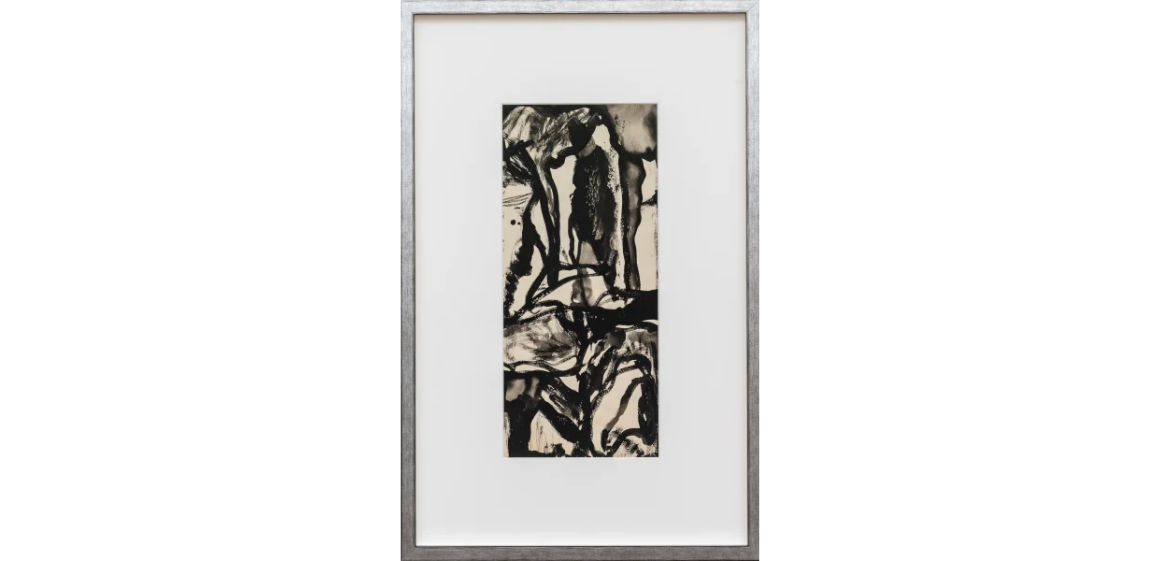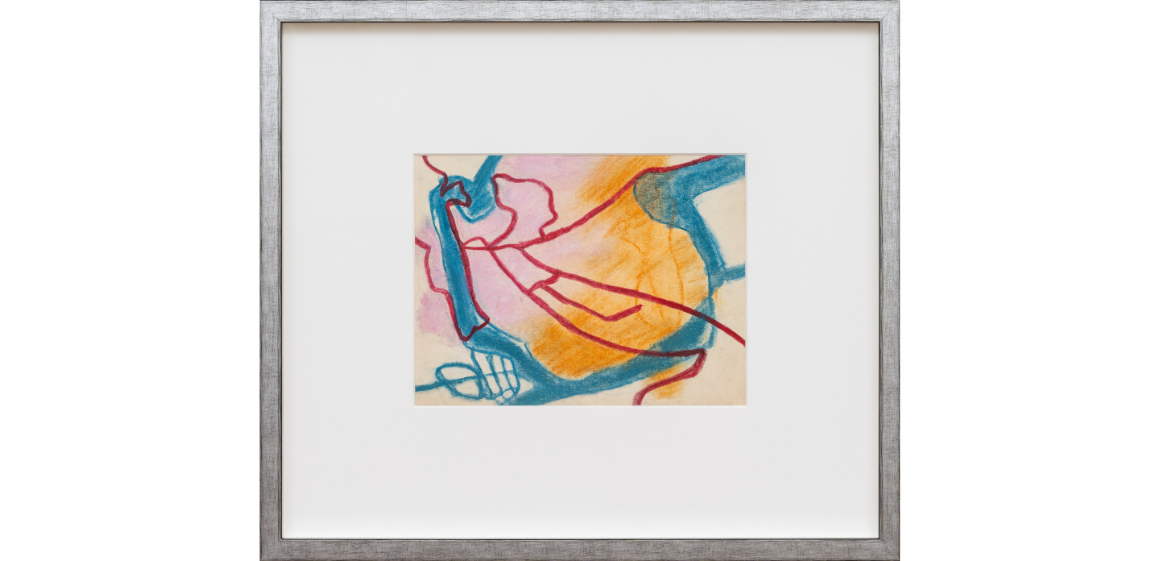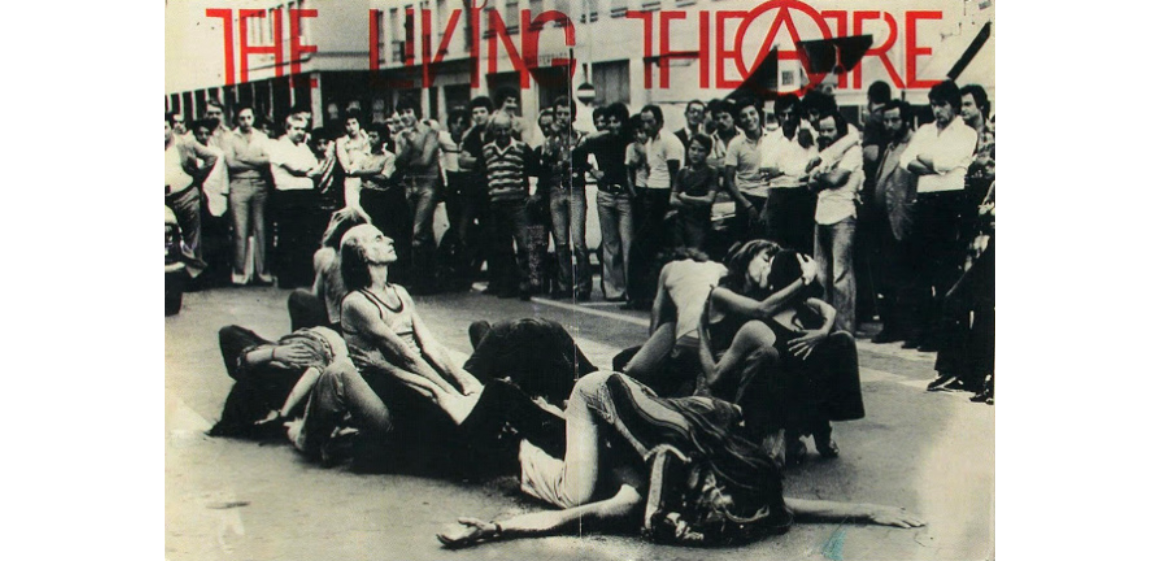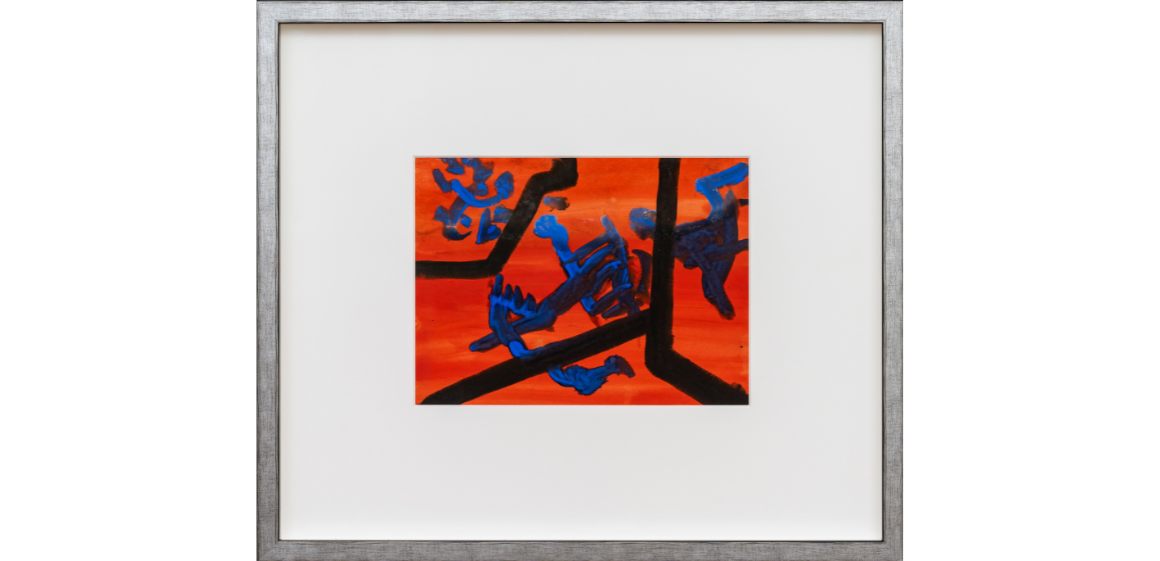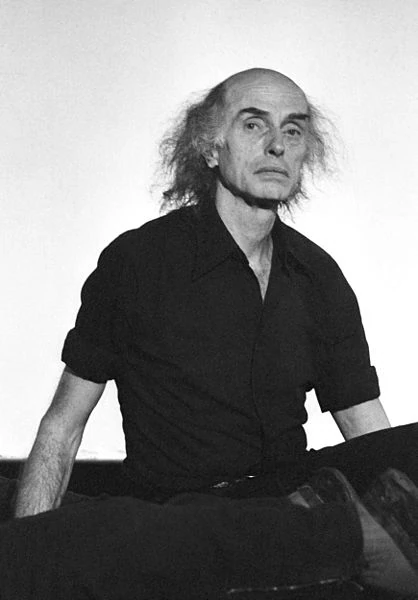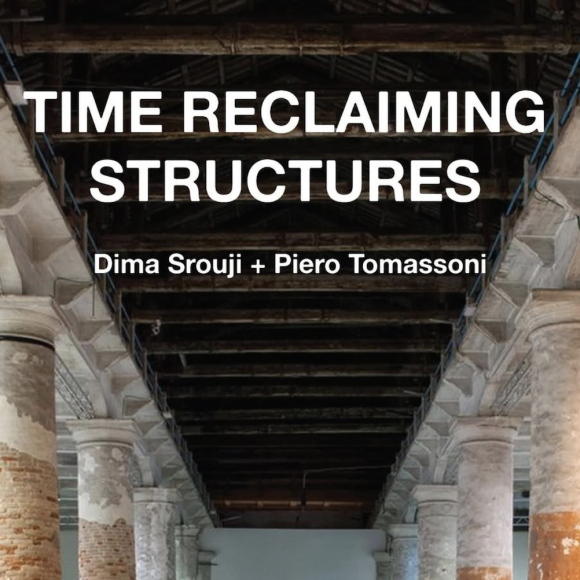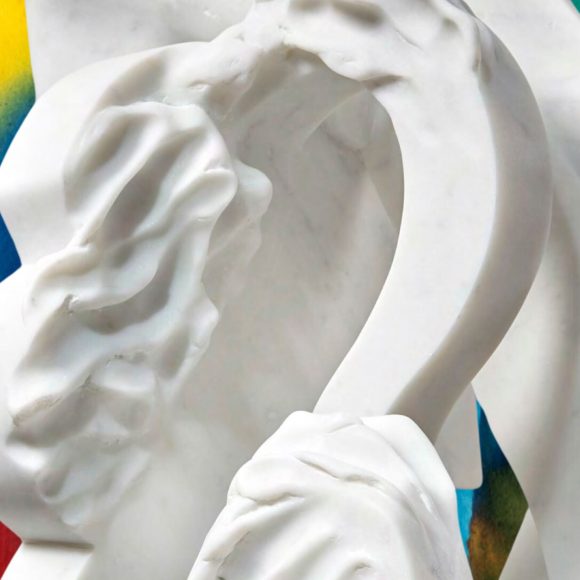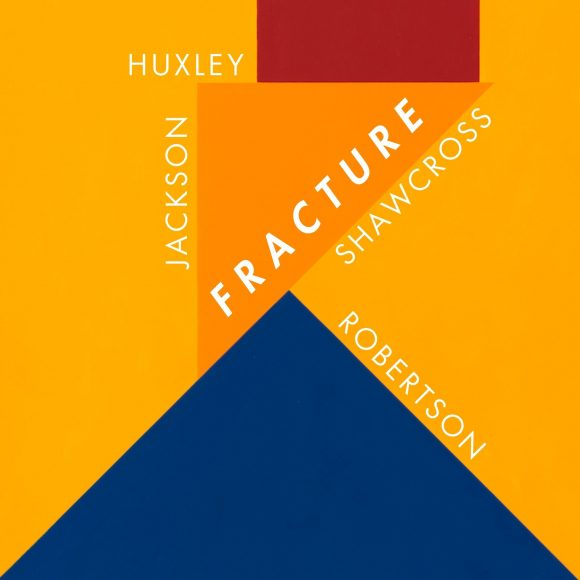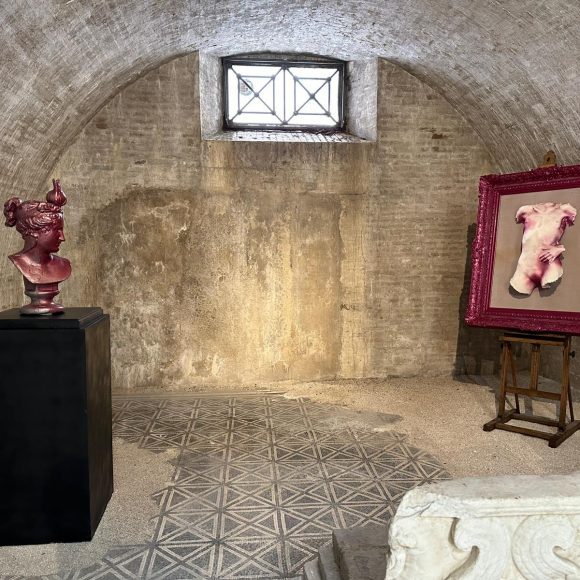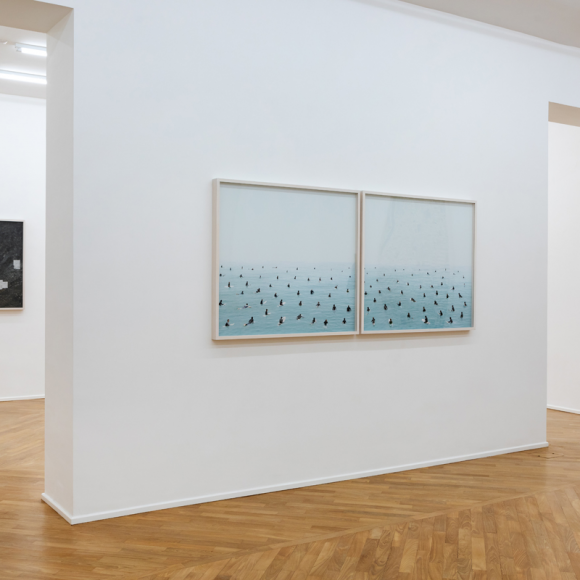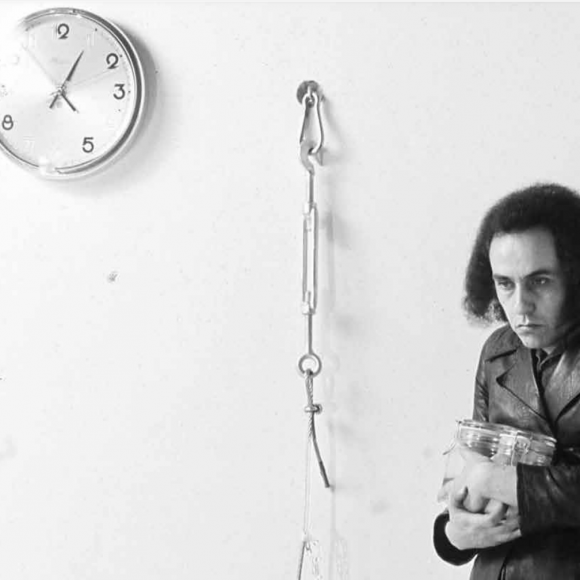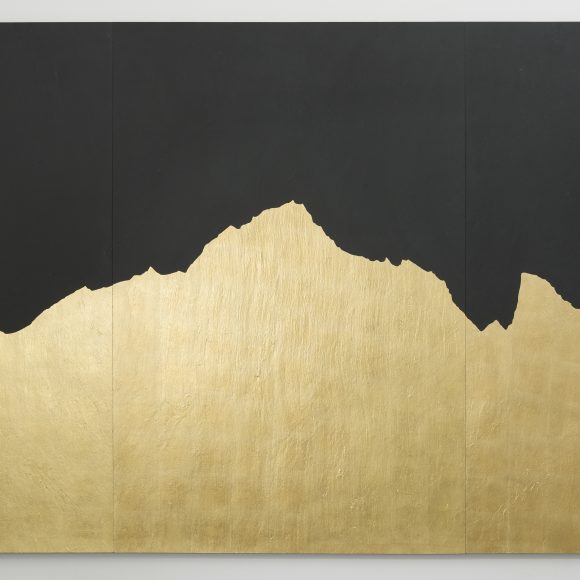JULIAN BECK
Julian Beck (1925 – 1985, USA) was an artist, director, actor, and writer best known for co-establishing and running the experimental New York City theatre group: The Living Theatre. Beck exhibited at Peggy Guggenheim’s Art of This Century gallery in 1945, alongside some of the most prominent Abstract Expressionists such as Jackson Pollock, Robert Motherwell, and Willem de Kooning. The fact that Beck’s style of painting was formed in this environment is evident in his non-representational approach, bold use of colour and expressive lines.
In 1947, Beck and Judith Malina founded The Living Theatre, one of the most radical and politically charged theatre troupes of its time and the oldest experimental theatre company still operating in the U.S. The group’s modus operandi was informed by Antonin Artaud’s Theatre of Cruelty, which strove to attack the audience’s senses in order to achieve cathartic release. They produced lesser-known plays by modernist writers such as T.S. Eliot and Gertrude Stein, using a confrontational approach and shock tactics. These performances often took place in New York venues such as Cherry Lane Theatre and the 14th Street Theatre on the West Side.
The Living Theatre put on approximately 30 productions during its time in New York, including a particularly successful play written by Jack Gelber titled, The Connection, for which they received worldwide recognition after 1959. The group then went on to tour Europe and achieved further acclaim as the new movement of American off-Broadway. After returning from Europe, Beck became increasingly more interested in politics and was arrested several times for his political acts of protest, such as the General Strike for Peace in 1962.
Selected Exhibitions
Venice Biennale, Italy; Castello di Rivoli, Turin; Castel Sant’ Elmo, Naples; Artvisor, London.
Selected Filmography
Queen of Sheba Meets the Atom Man (1972); Oedipus Rex (1977); Après la Passion selon Sade (1974); Candy (1968); Love and Anger – Dying Man (segment “Agonia”) (1982); The Cotton Club (1984); 9½ Weeks – Dinner Guest (1986); Poltergeist II: The Other Side (1986); Miami Vice (1984–1989).
Selected Bibliography
Diaries of Judith Malina, New York: Grove Press, 1991; Bilder, Erica, ed. Theandric: Julian Beck’s Last Notebooks, New York: Routledge, 1991; Tytell, John. The Living Theatre: Art, Exile, and Outrage, New York: Grove Press, 1995; Nadelson, Andrew. Julian Beck: Paintings & Drawings, New York: Ubu Gallery with Janos Gat Gallery, 2002; Friedman, Donald. The Writer’s Brush: Paintings, Drawings, and Sculpture by Writers, Minneapolis: Mid-List Press, 2005; Beck, Julian, Judith Malina, and Aldo Rostagno. We, the Living Theatre, New York: Ballantine Books, 1973; The Living Theatre. Paradise Now, New York: Random House, 1970; Malina, Judith. The Enormous Despair, New York: Random House, 1974; Beck, Julian. The Life of the Theatre, San Francisco: City Lights, 1982.
Journal
Interested in Julian Beck’s work?

